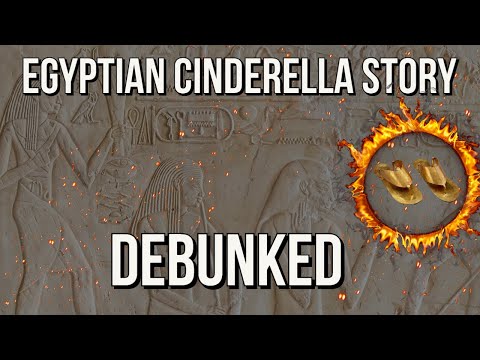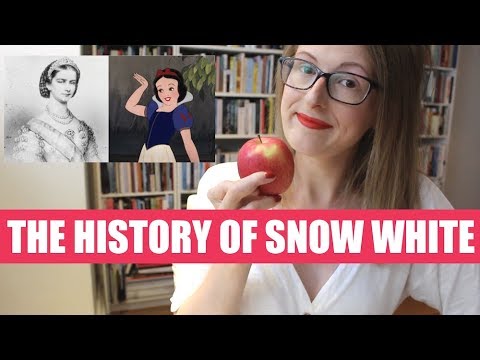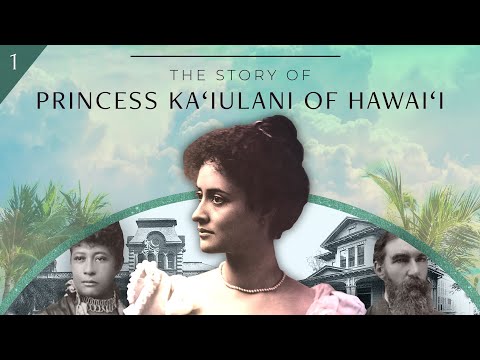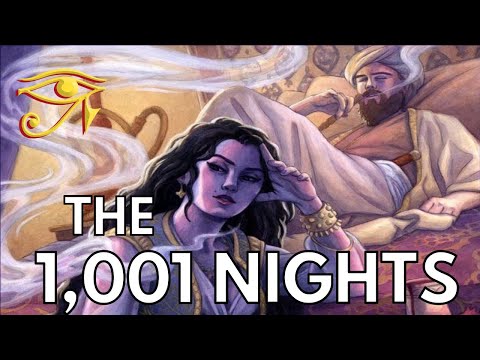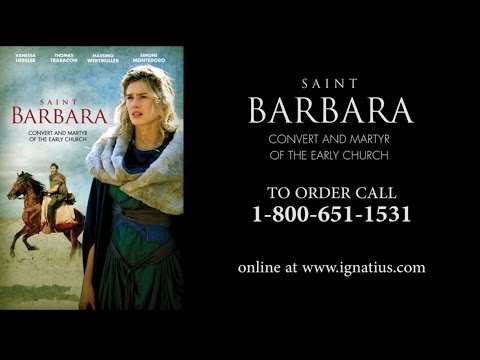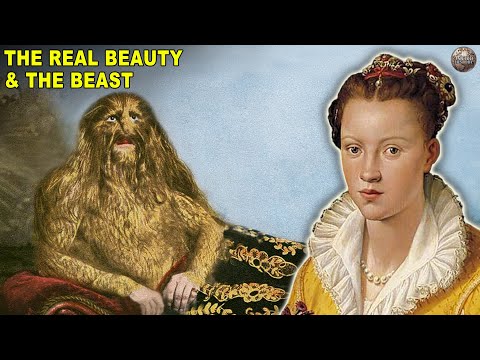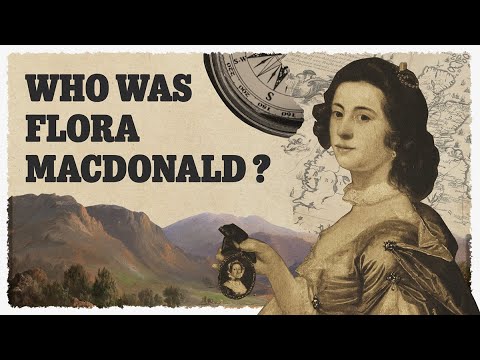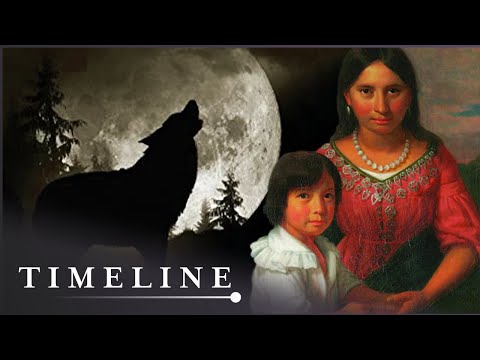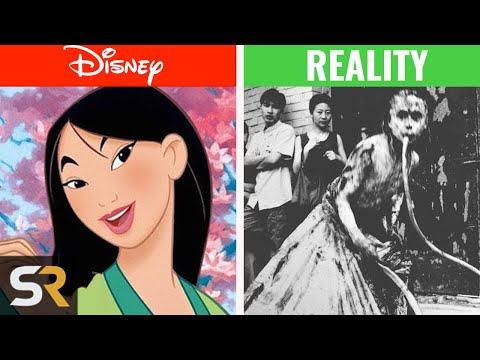10 Cinderella: Rhodopis
The famous Cinderella, who worked as a slave to her stepmom and stepsisters, finally fell in love with her prince charming and became successful in the end. This fairytale sister has always been famous for having a midnight curfew where she magically transforms back into her ragged clothes. Apparently, Cinderella was inspired by Rhodopis, a Greek servant. Rhodopis married the king of Egypt, and the eagle was the magical animal who helped the king or the Pharaoh search for Rhodopis. The author of this Egyptian “Cinderella” is Strabo, releasing this story in his book, Geography, Book XVII.33. The main difference between Rhodopis and Cinderella is that she had no evil stepsister- but their similarities include the slipper and the hunt to find the woman it belonged to. The original story tells of an eagle who snatched up Rhodopis’s sandal as she was washing. The bird dropped the sandal into the king’s lap, who became intrigued. While not completely the same, it might have just been enough to inspire the later writers of the Cinderella story we all know—glass slipper and all.[1]
9 Snow White: Margaretha von Waldeck
Snow White and the Seven Dwarfs is a phenomenal Disney fairytale adaptation of the story by the Grimm Brothers, but the evidence proved that the brothers took inspiration from a real sovereign beauty. The royal beauty was Margaretha von Waldeck, a German countess born in 1533. She was the second daughter of the Count of Waldeck-Wildungen, Philip IV. Margaret was indeed beautiful, described as having ruby lips and fair skin like Snow White, but with blonde hair. Like Snow White, she also lost her mother at a young age, and her father married Katharina von Hatzfeld, a vain queen who relished looking at herself in the mirror. Researchers believe that this inspired the “Mirror, Mirror on the wall” saying. Like the evil stepmother, Katharina also hated Snow White. This led her to send Margaretha away to Brussels when she turned 16. This is also purportedly where the royal beauty met her prince, the future king of Spain, Philip II. The couple fell madly in love, and Margaretha’s fame made Katharina jealous. In 1554, Margaretha became ill and died. There were speculations about Spanish authorities or Katharina poisoning her. Another similarity is the poisoned apple. This element might have been inspired by the apples given to children by a man as revenge. He hated that his apples were being stolen from his orchard.[2]
8 Moana: Victoria Kawēkiu Kaʻiulani Lunalilo Kalaninuiahilapalapa Cleghorn
Moana is another famous Disney princess because she’s not your ordinary princess. You won’t see her wearing tiaras, long gowns, and heels. Instead, she takes pride in representing her Polynesian tribe. While there was no direct correlation to link the two, speculations revealed Princess Ka’iulani inspired Moana. She was the daughter of Princess Miriam Likelike and the last heir to the throne of Hawaii as the niece of King Kalākaua and Queen Liliʻuokalani https://www.familysearch.org/en/blog/where-is-moana-from#:~:text=Although%20Moana%20is%20from%20the,Samoa%2C%20Tonga%2C%20and%20Tahiti. What made Moana similar to Princess Kai’iulani (aside from the Hawaiian setting) is that they are both warriors, and they always fought for justice and the truth. Even before she turned 18, Princess Ka’iulani had to take responsibility because the rivals overturned and destroyed the Hawaiian kingdom. Watch this video on YouTube Princess Kai’iulani was always known for being beloved as she fought for her nation’s rights and justice, which was very much depicted in Moana, further leading people to believe that the film took inspiration from the former Hawaiian princess.[3]
7 Jasmine: Badroulbadour
Princess Jasmine, the love of Aladdin’s life, took inspiration from Princess Badroulbadour. She was the wife of Aladdin in two historical stories: One Thousand and One Nights and The Story of Aladdin or The Wonderful Lamp. In these original tales, Princess Badroulbadour was a Far Eastern princess, unlike Jasmine, an Arabic princess. Badroulbadour is an Arabic word meaning full moons within full moons One of the simplest reasons why Disney changed Badroulbaour to Jasmine is because it’s easier to pronounce and spell![4]
6 Rapunzel: Saint Barbara
Rapunzel is another masterpiece story from the Grimm Brothers—and who could ever forget this Disney princess? Did you know that there was indeed someone who experienced being locked away? She is St. Barbara, the woman behind Rapunzel. St. Barabara lived during the 3rd century. She was a holy virgin, and many desired to visit her in her tall tower, asking for marriage. Barbara did not entertain any man and dedicated her life to God. Barbara created a window in her tower for the Blessed Trinity, and her father drew his sword upon learning about this. Barbara prayed to God, and fortunately, a hole opened in the tower for her to escape. Not long after, she was discovered and beheaded by her father. Shortly later, Barbara’s father died after getting hit by lightning, a grim departure from the beloved Disney adaption.[5]
5 Belle: Catherine Gonsalvus
Beauty and the Beast, created by Gabrielle-Suzanne Barbot de Villeneuve in 1740, is based on real-life historical events without magical spells and talking cups and pots. Belle was based on Catherine Gonsalvus, the daughter of a court servant. Catherine met her beast, Petrus Gonsalvus, through Catherine de Medici. Petrus had rare hypertrichosis, commonly known as the werewolf syndrome. Watch this video on YouTube Because of his genetic condition, he was criticized and treated as a spectacle and was sent as a gift to Henry II. Petrus met his Catherine only on their wedding day. The couple had seven children, four of which developed the same genetic condition.[6]
7 Merida: Flora Macdonald
Princess Merida is another unique Disney princess. In fact, the film Brave took inspiration from several true events and details of Scottish history. Watch this video on YouTube During the 12th century in Scotland, princesses wore thick cloaks and robes, quite similar to what Princess Merida wore during battles and special occasions in the film. Furthermore, Princess Merida resembled Flora Macdonald, an activist and royal princess. Flora Macdonald assisted in the escape of Bonnie Prince Prince Charlie, preventing her capture during the Battle of Culloden. She also got herself involved during the American Revolution. In 1774, Flora and Allan Macdonald, her husband, moved to North Carolina and ran a plantation. Flora Macdonald was very vocal about her advocacies for the Scots. She exudes bravery and loyalty, earning the Scots’ trust.[7]
3 Tiana: Leah Chase
Disney did not disappoint when it took inspiration from Leah Chase in creating Tiana from The Princess and the Frog. Leah Chase was born in 1923, and she was one of the most legendary chefs from New Orleans. Watch this video on YouTube Leah Chase owned a famous restaurant right in the heart of New Orleans called Dooky Chase. Before she became a renowned chef, Leah Chase’s first job was as a waitress. When she met her husband, Dooky, things changed for her. Leah transformed her parents’ small sandwich shop into a famous restaurant. When asked how she did it, she always said it was because it was her passion. When doing what you love, it’s easy to make something big of it and succeed. So when Disney had to look for inspiration for African-American Princess Tiana, Leah Chase quickly came to mind.[8]
2 Pocahontas: Pocahontas
The film Pocahontas may have been a family favorite, but its real meaning holds so much tragedy. The real Pocahontas had two names: Amonute and Matoaka. When joined together, the names meant “flower between two streams.” It’s saddening to discover that the real-life Pocahontas suffered much—the complete opposite of Disney’s Pocahontas. John Smith from the film was also different from the man in the actual events. He was 27 years old and was always feared by young children like Pocahontas. John enjoyed violently entering tribal lands with a gun and stealing supplies and food. She was never romantically involved with Smith, but she may have communicated with him. For some reason, the very young Pocahontas was used as a go-between for her tribe and the English. The 1600s were the darkest points for Pocahontas. Pocahontas, the chief’s daughter, was kidnapped and used as a bargaining chip for food the English needed so much to survive. She was converted to Christianity during her captivity—she denounced her people and their “idolatry.” Her name was changed to Rebecca. There, she met and married John Rolfe, later having a son Thomas before they traveled to England. Unfortunately, she fell ill in London and died there. Definitely a far cry from the Disney princess who spoke to trees and sang about the riverbend.[9]
1 Mulan: Hua Mulan
The famous Mulan took inspiration from Hua Mulan, a brave female soldier who lived between AD 420 and AD 589 in the Northern and Southern dynasties. Everything is almost the same, especially since the original story revolves around Mulan dressing as a man to join the army. The story dates from a 12th-century poem that is likely based on folk tales from the fourth and fifth centuries. In the film, Mulan disguised herself as a male warrior to prevent her sickly father from joining the battle, and she could never be discovered because death was the ultimate punishment for this action. The original mentions no old or sick father, only that there are no sons. After the victory, Mulan did not want any reward except a return to her family. When she finally dressed back as a woman, her companions in the army were shocked. The final lines of the poem nicely explain this sentiment: The male hare wildly kicks its feet; The female hare has shifty eyes, But when a pair of hares run side by side, Who can distinguish whether I in fact am male or female?[10]
